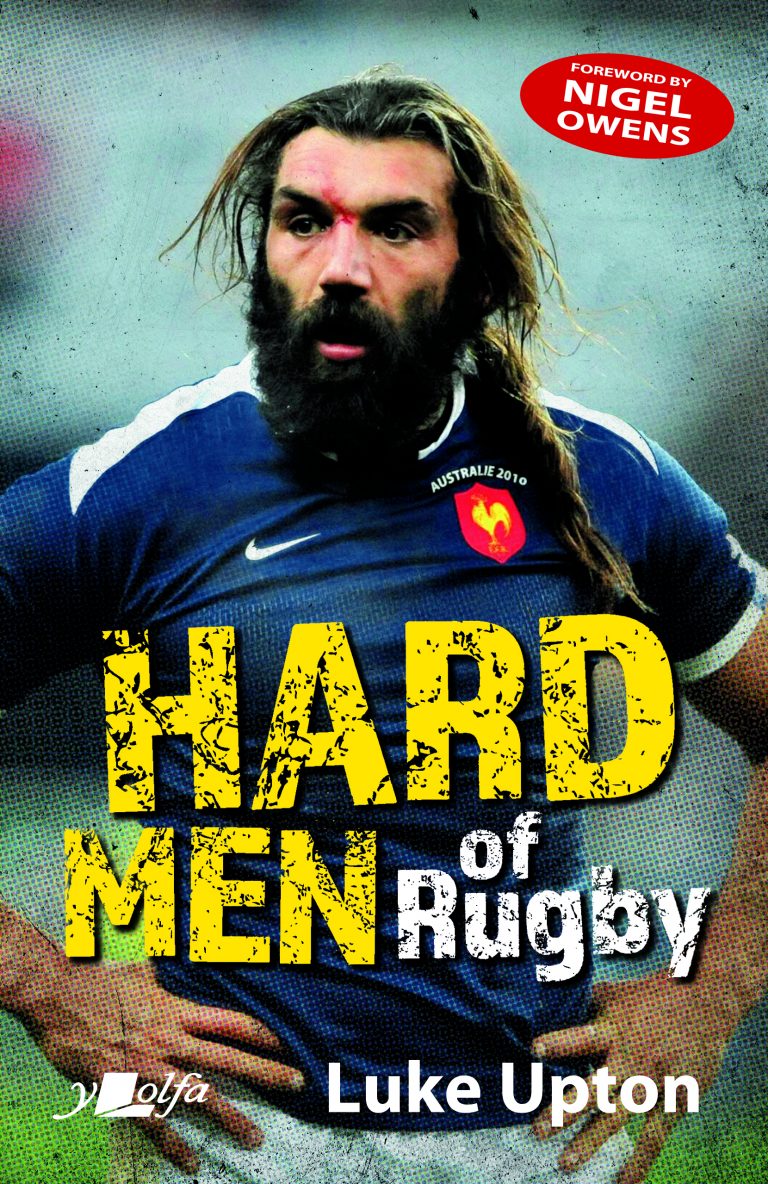It’s quite obvious that the sport of rugby has changed since the early days, but it’s always great to take a trip down memory lane. You can do just that with The Indomitable Frank Whitcombe: How a Genial Giant from Cardiff Became a Rugby League Legend in Yorkshire and Australia from Martin Whitcombe and Bill Bridge. It’s an extra special text because it is written by Frank’s grandson, who carried on the family tradition with Leicester Tigers and England B, and Bill Bridge, who was sports editor of the Yorkshire Post for almost 30 years.

Frank was a one-of-a-kind athlete and person. He was good at everything he tried and actually started with boxing at the urging of his father-in-law, winning his first 11 bouts. Luckily for us (and the game), Frank decided to go the rugby route and the rest is history. He would start by representing the Army, making 27 appearances over 18 months. Many people and teams took notice and he would sign with Broughton Rangers.
He would move on to Bradford Northern thanks to their managing director, Harry Hornby, a man decades ahead of his time. Hornby shook the rugby with lucrative signings and a community stadium project. His legacy is best seen in the form of Odsal Stadium, a facility that set a world record of 102,569 in attendance in 1954. He was a pioneer in cricket thanks to his work with floodlighting, but was also involved with basketball, bringing the Harlem Globetrotters to Bradford in 1954. Think of Hornby as the rugby version of Manchester City, snatching up the world’s best and making a difference in facilities too.
Whitcombe didn’t have an easy time as an elite player, reaching his peak in a turbulent era. It was a rough time for all involved and even world-class rugby players paid the ultimate price during WWII. Sports peaked after the war and rugby was no different. Whitcombe headed off to Australia in one of sport’s most epic journeys, the Indomitables Tour of 1946.
While today’s superstars travel in luxury on charter planes, Whitcombe and his teammates traveled 12,000 miles over five weeks on an aircraft carrier. The next step was a massive train journey. In total, the team traveled over 25,000 miles during the journey. Despite the difficulty and discomfort, the tour went well with a number of players, including Whitcombe, receiving offers to play in the region.
It’s hard to pick out the proudest moment of his career, considering the fact that he won the Rugby League Challenge Cup three times, the Rugby League Championship three times, and was capped by both Wales and Great Britain. And Whitcombe was the only player to ever win the Lance Todd Trophy in a losing effort.
Simply put, Whitcombe had an illustrious career, one that literally spanned the world. He was the ultimate teammate, a great person, and an even better role model for future stars. Tragically he passed away in 1958 at the young age of 44.
Frank Whitcombe’s brilliance came in multiple ways: stardom in the golden age of rugby, putting his mark on his family’s sport legacy, and perhaps most importantly, setting a standard for the game moving forward.
The book was a joy from cover to cover, full of great memories from his life and times. The collections of photos and statistics make the book that much approachable. We have to commend the authors for putting together one of the greatest rugby titles we have ever seen. It is a great book for a great man, an effort that would make Martin Whitcombe’s grandfather very, very proud.
ISBS is the exclusive distributor of this St. David Press title in the United States.






